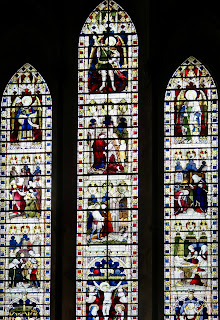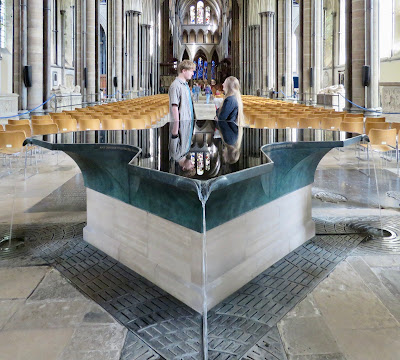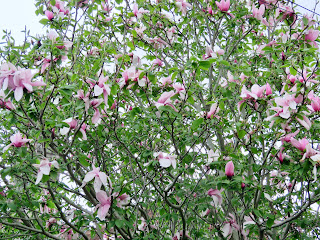Saturday 19 April 2025
Today, indeed, I am arrived in London and settling into my private flat in Chelsea, near Sloan Square. Debarking the ship very early, meeting my pre-arranged ride to London, and getting into the apartment a little after 10:30am went very well. I will give more details and, of course, photos in a blog to come. But now LFLatSea returns to Thursday and my very long excursion day from Portland, UK.
Thursday 17 April 2025
If you look at the map of the south-central coast of England, you will see that Portland, at the vey bottom center, is an island attached by the thinnest of causeways to the mainland city of Weymouth. It does not have much of interest for tourists, except a high, steep hill which offers dazzling views of the island and towns farther inland. It is still an important commercial area, but it has been a major British naval port from the 15th century onward, including sending thousands of Allied troops to France during D-Day. The island is also the source of “Portland Stone,” used for some of the most iconic structures in England, including Wren’s St Paul’s Cathedral. For more history, look it up in your Funk & Wagnell’s—oops! I mean Google.
Today I am going on my one official shore excursion, using free cruise credits from Holland America. The eight-and-a-half hour tour visits two places I have been previously. But it’s a beautiful weather day, and I am sure to see major changes from my visits many years ago. I previously visited Stonehenge by myself in 1976 and with Will on a driving tour in 1991. I was also in Salisbury at the same time as Stonehenge in 1976.
The first photo below taken during my visit in 1976 shows that tourists could walk right up to the monument and actually touch the stones. The second photo shows that by 1991 things had changed.
 |
There are even more major changes today that I will describe a little later on.
It’s a two-hour drive from the port to Stonehenge, traveling through the very beautiful rural areas of Dorset and Wiltshire. Our driver stays off the motorways, guiding the coach on excellent primary roads instead (A-type). Except for one unfortunate diversion (British for “detour”), because of a car accident requiring fire engines, we suffer only a short delay.
Although the stones of “-henge” remain eternally the same, I am overwhelmed by all the tourist infrastructure that has risen around them. Cars and buses now have to park over a mile from the stones at a newly-built, very modern visitor center with shops, cafes, and other tourist facilities. From the visitor center, tourists take a free shuttle bus for the one-mile drive to the site (after waiting on line for the next available shuttle). The same works in reverse for the return.
 |
| The Visitor Center (not my photo) |
Some local residents looking for lunch:
Before rebounding the tour bus for the next stage, I have a quick self-service lunch in the noisy visitor center. The second visit is to Salisbury, a historical city in the middle of the Sarum Plane, originally settled by the Romans and developed further in the Middle Ages. Salisbury is most noted for its magnificent cathedral (originally Roman Catholic but altered to Anglican by Henry VIII).
Considered one of the finest examples of Early English Gothic design, it was constructed in a relatively short period of time, 38 years between 1220 and 1258. Thus it displays a unity and coherence that is unusual in medieval English cathedrals. The tower and spire--the tallest in England--were completed in 1330, at 404 feet.
The architecture of the church is set off by the park-like grounds of the church close. Cut off from the sins of the world by a surrounding medieval wall, established parishioners have been able to secure homes and lodging within the close walls.
In the late afternoon our bus drives back to the sea and the island/city of Portland, where we arrive at 6:30pm. It has been a great, but long, day so I opt for a quick dinner in the Lido Marketplace instead of my regular meal in the Main Dining Room.































__03.jpg)